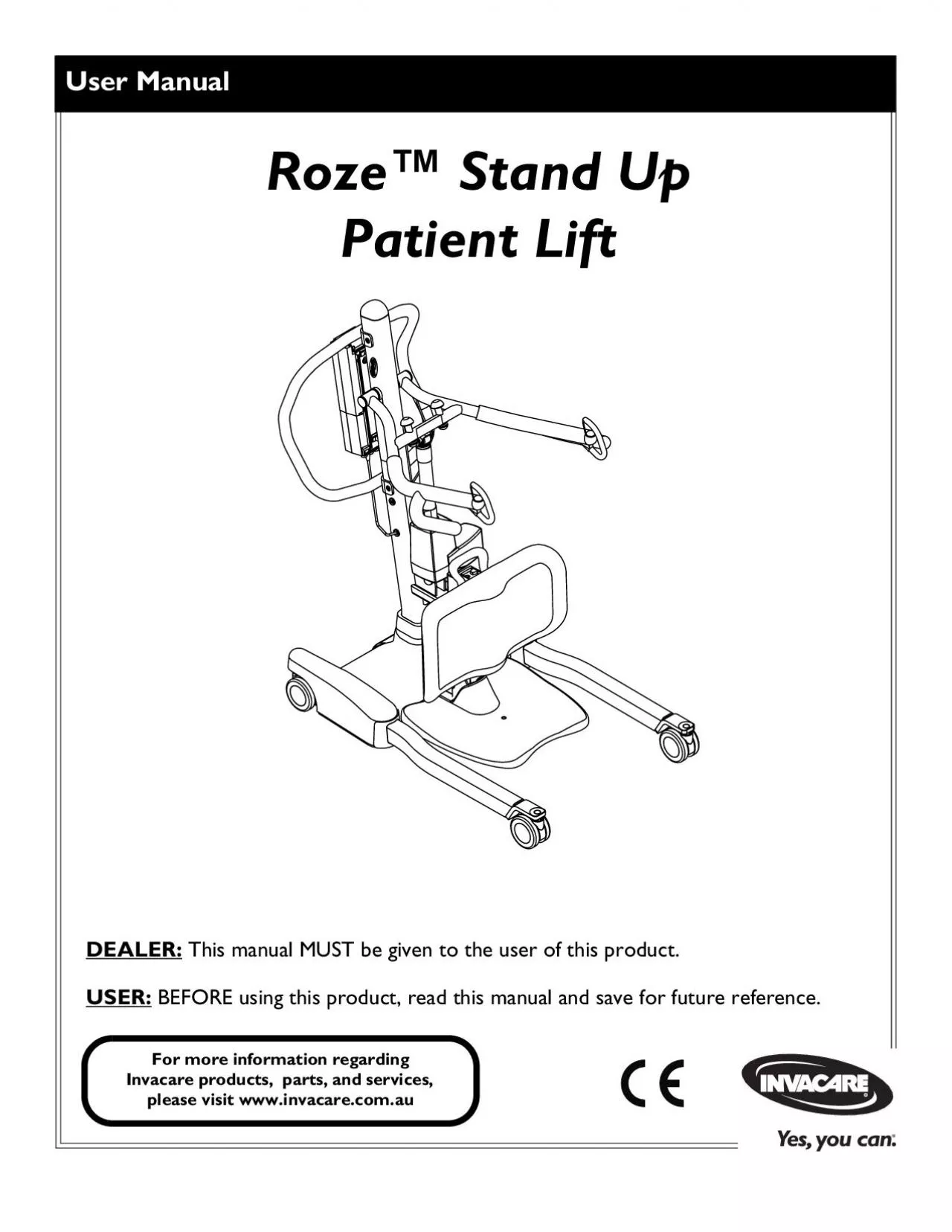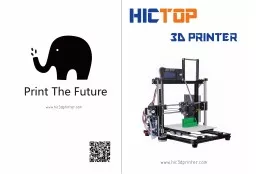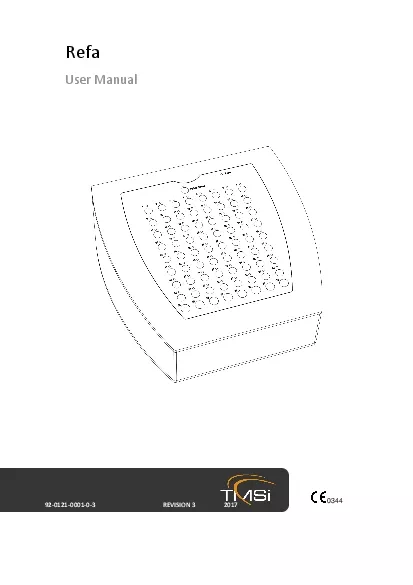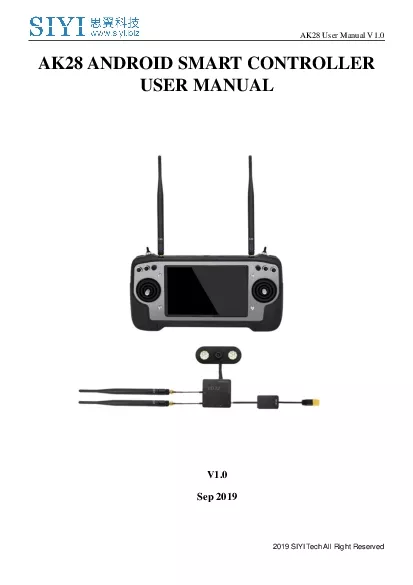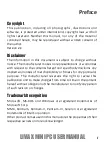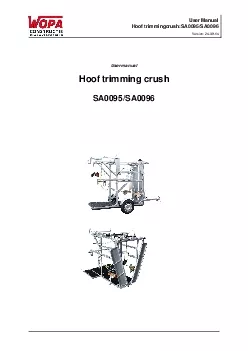PDF-This manual MUST be given to the user of this product.USER:
Author : scoopulachanel | Published Date : 2020-11-20
User Manual DEALER BEFORE using this product read this manual and save for future referenceInvacare products parts and services please visit wwwinvacarecomau TABLE
Presentation Embed Code
Download Presentation
Download Presentation The PPT/PDF document "This manual MUST be given to the user of..." is the property of its rightful owner. Permission is granted to download and print the materials on this website for personal, non-commercial use only, and to display it on your personal computer provided you do not modify the materials and that you retain all copyright notices contained in the materials. By downloading content from our website, you accept the terms of this agreement.
This manual MUST be given to the user of this product.USER:: Transcript
Download Rules Of Document
"This manual MUST be given to the user of this product.USER:"The content belongs to its owner. You may download and print it for personal use, without modification, and keep all copyright notices. By downloading, you agree to these terms.
Related Documents

